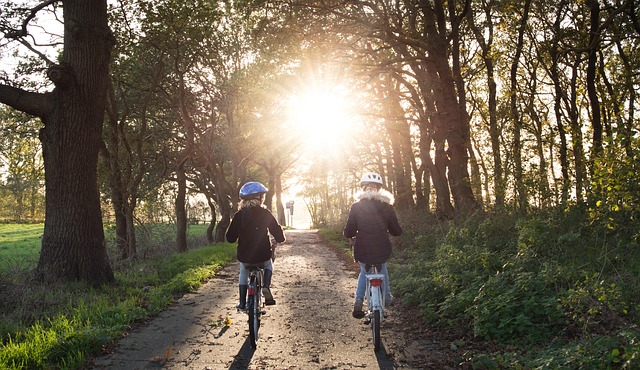As urban areas continue to expand, the push for sustainable development is more critical than ever. One of the most promising initiatives in this arena is the enhancement of bike lanes across cities worldwide. Transforming urban landscapes to accommodate cyclists not only promotes healthier lifestyles but also reduces our collective ecological footprint.
Picture a city where the morning air is crisp and fresh, and the only sounds you hear are the gentle whir of bicycle tires on well-paved paths and the laughter of children enjoying their ride. This is the vision of a carbon-neutral city, where the integration of bike lanes is at the forefront of urban planning. With the rise of green technologies, cities are now more equipped than ever to prioritize cycling infrastructure, making it an attractive mode of transport for citizens.
By investing in comprehensive bike lane networks, municipalities are not just advocating for bikes, but they are also embracing a lifestyle centered around sustainability. Each trip made on a bike reduces dependence on fossil fuels, curbing emissions and contributing to cleaner air. Moreover, in a time when climate change poses a significant threat, implementing bike lanes is a proactive measure towards achieving carbon neutrality.
In these transformed urban spaces, bike lanes would serve as the arteries of mobility. They encourage residents to choose cycling over driving, which in turn diminishes traffic congestion and reduces wear on our planet. Cities can leverage data gathered from bike-sharing programs to enhance these networks, ensuring they meet the needs of current and future cyclists. Such adaptations are vital as they represent a commitment to sustainable development and the promotion of eco-friendly transportation options.
Moreover, the creation of bike lanes fosters community engagement. They become pathways where neighbors interact, share experiences, and create a sense of belonging. Graphs detailing the increase in cycling could correlate with improved public health statistics, illustrating the broader benefits of integrating these lanes into our urban landscapes. As more individuals choose bicycles as their primary method of transport, we can expect a ripple effect that encourages others to partake in this eco-conscious journey.
Additionally, cities around the globe can look to models of successful bike lane systems. Initiatives in Copenhagen and Amsterdam not only showcase the functionality of bike lanes but also highlight the economic benefits that come from investing in green transportation. Increased tourism, reduced healthcare costs from a healthier populace, and the rise of eco-friendly businesses all point to a brighter future fueled by sustainable choices.
As we explore the future of urban mobility, it is clear that implementing and expanding bike lanes is a critical step toward achieving a carbon-neutral city. From enhancing the quality of life to reducing our environmental impact, bike lanes offer an innovative solution to some of our most pressing challenges. By fostering the growth of cycling culture through dedicated infrastructure, we are not just paving the way for a carbon-neutral future; we’re paving the way for a healthier, more connected generation to come.




